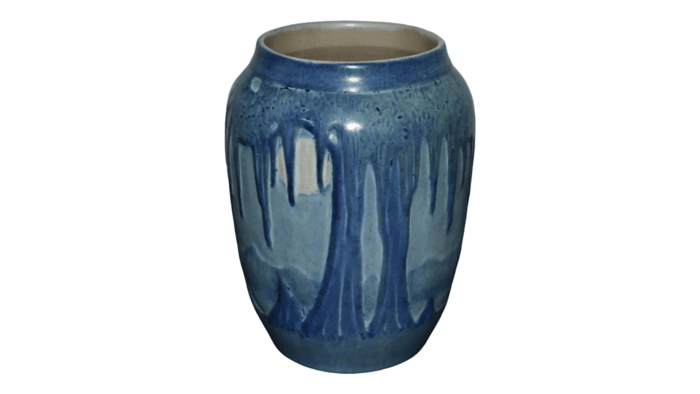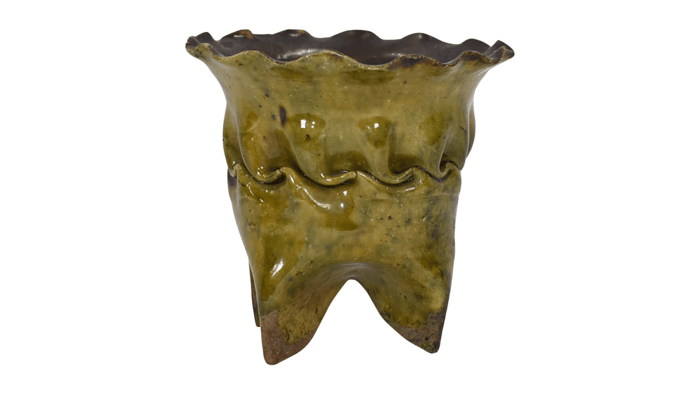Newcomb College Pottery stands as a testament to the fusion of artistic expression, education, and cultural heritage in the realm of American ceramics. Established in 1886 as the art department of Newcomb College in New Orleans, this pottery program holds a revered position in the history of American arts and crafts, celebrated for its unique style, commitment to craftsmanship, and empowerment of women artists.
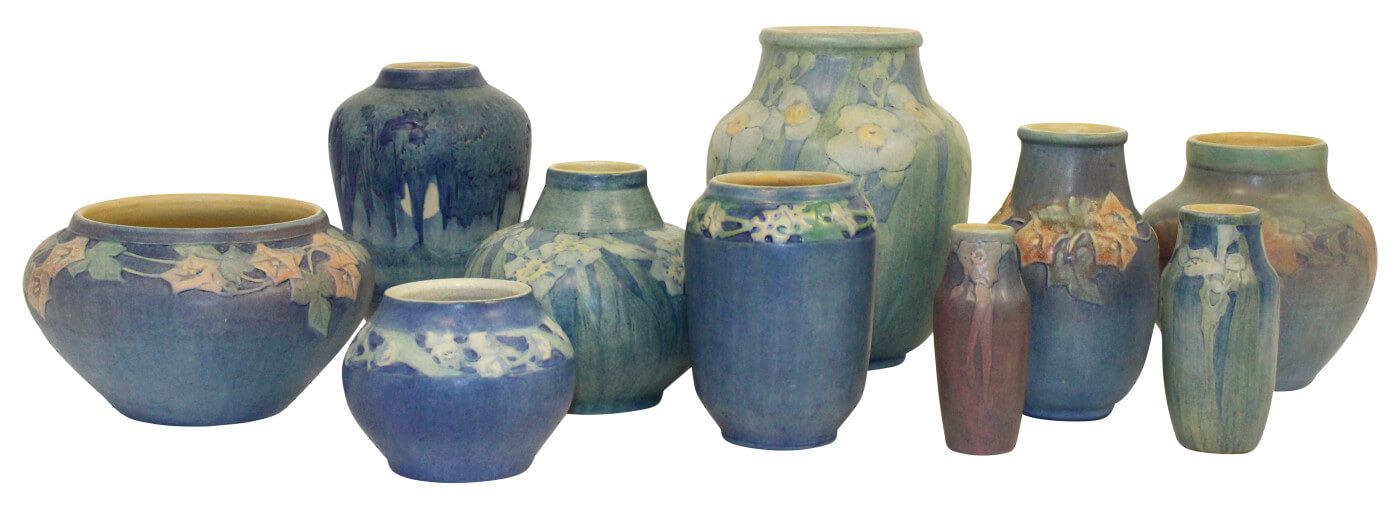
The Birth of an Artistic Tradition
Rooted in the Arts and Crafts Movement, Newcomb College Pottery emerged as a pioneer in promoting the artistic talents of women at a time when such opportunities were limited. Under the guidance of Ellsworth Woodward and Joseph Meyer, the pottery program emphasized the principles of handmade craftsmanship and individual artistic expression. The pieces produced reflected the essence of Louisiana's cultural heritage, often adorned with motifs inspired by the local flora and fauna.
Distinctive Style and Techniques
Newcomb pottery is renowned for its distinctive style characterized by muted colors, naturalistic designs, and a harmonious integration of form and function. The use of soft, earthy tones and the incorporation of botanical elements such as magnolias, oak leaves, and native wildlife became signature features of Newcomb pieces. Artists employed techniques like slip trailing, underglaze painting, and carving to create intricate designs that captured the essence of the Gulf South.
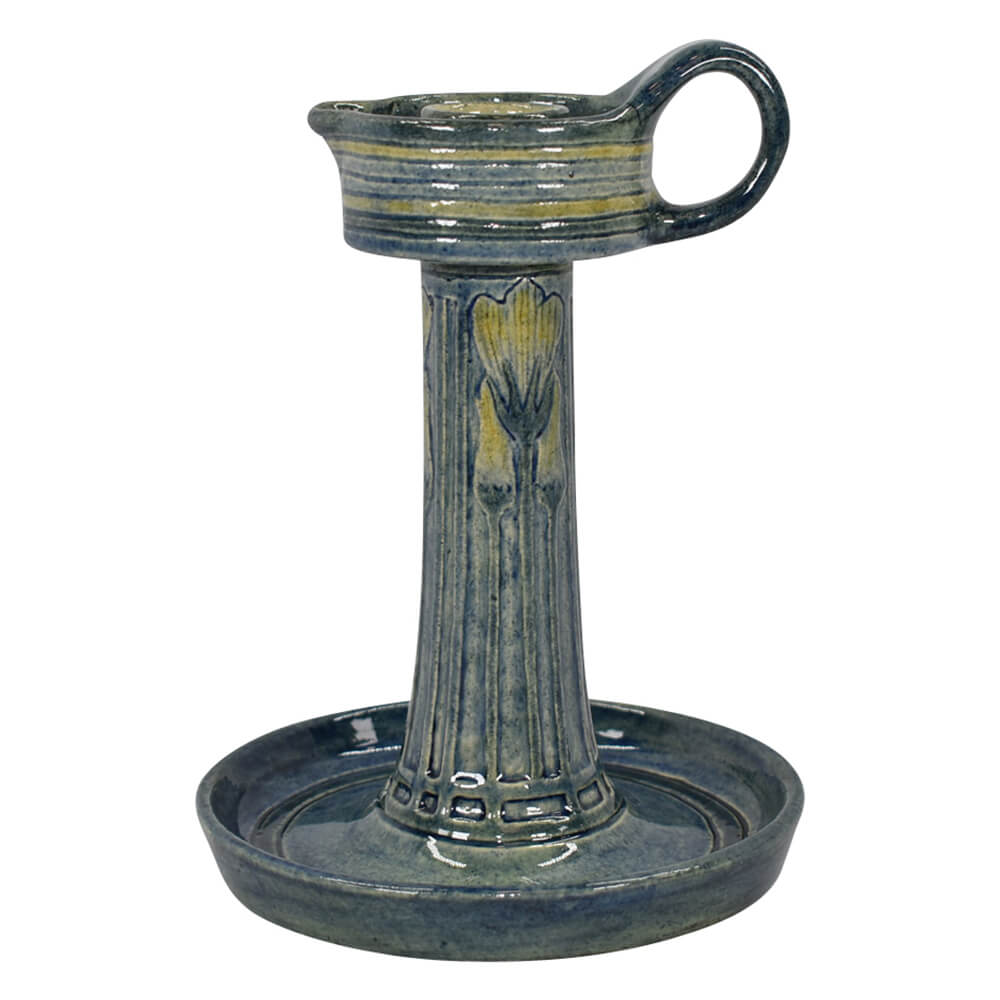
Empowering Women in Art
One of the most remarkable aspects of Newcomb College Pottery was its role in empowering women artists. At a time when opportunities for women in the arts were limited, the pottery program provided a platform for them to develop their talents and gain recognition for their work. The artists at Newcomb College not only created exquisite pottery but also challenged societal norms by proving their artistic prowess in a male-dominated field.
Collecting and Preservation
The allure of Newcomb pottery extends beyond its aesthetic appeal; it holds immense value for collectors and art enthusiasts. Each piece embodies a piece of history, a reflection of the artistic vision and skill of its creator. Collectors often engage in a quest to uncover pieces bearing the distinctive Newcomb College marks, deciphering the artist's cipher and the college stamp to authenticate and trace the pottery's origins and age.
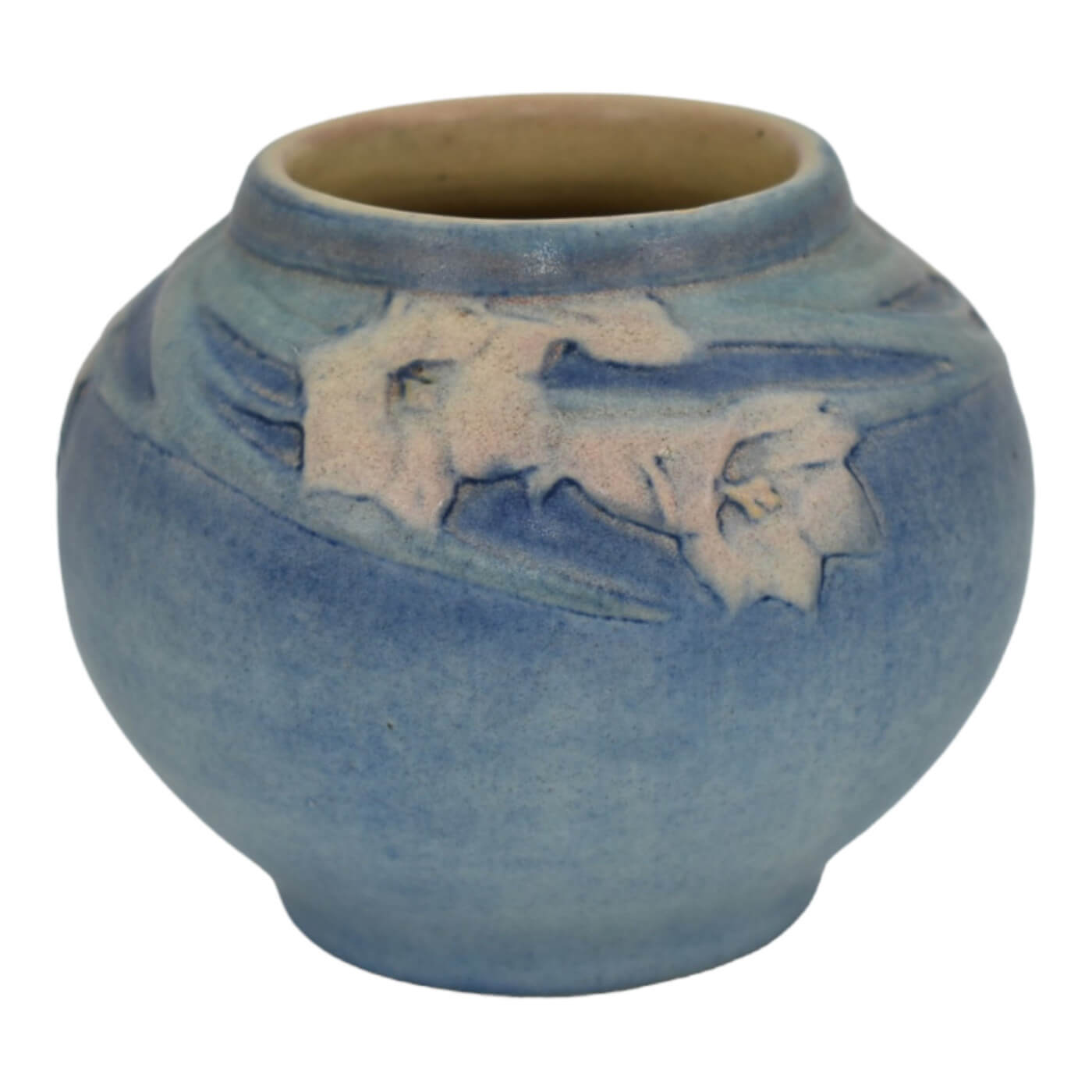
Determining the Age of Newcomb Pottery
Newcomb College pottery produced prior to 1900 was typically …..
Newcomb pottery produced between 1901 to 1942 was marked with its own unique registration mark. The unique registration system was fully deciphered by Walter Bob and is described in entirety in Newcomb Pottery & Crafts An Educational Enterprise for Women 1895-1940 by Jessie Poesch with Sally Main.
The registration mark on each piece of Newcomb pottery consists of a unique letter, or letter combination, and number (between 1 and 100). The registration numbers can be found either stamped, incised, or painted on the bottom of the pottery. For each letter designation, 100 numbered pieces were produced. Once you know the registration mark, it is a simple process to determine the year of production of any piece of Newcomb pottery.
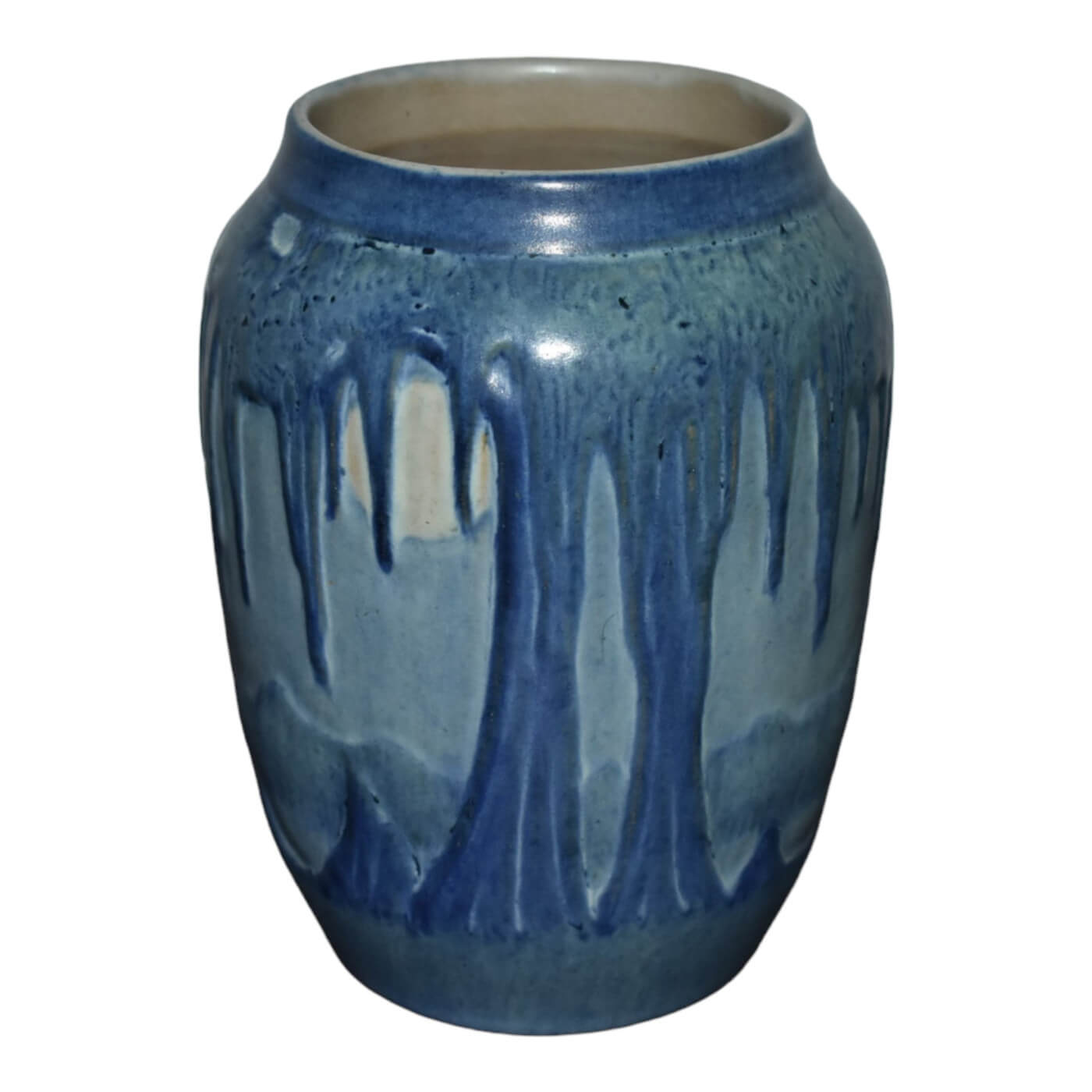
The following list summarizes the registration numbers by year and provides a few examples of typical marks on Newcomb College Pottery.
- 1901 – A through F (1-100 numbered pieces for each letter)
- 1902 -G through W (1-100 numbered pieces for each letter)
- 1903 – X through Z then AA, BB, etc. to NN (1-100 numbered pieces for each letter and letter combination)
- 1904 – OO through ZZ then AA, AB, etc. through AE (1-100 numbered pieces for each letter combination)
- 1905 – AF through AU (1-100 numbered pieces for each letter combination)
- 1906 – AV through AZ then BA through BL (1-100 numbered pieces for each letter combination)
- 1907 – BM through CC (1-100 numbered pieces for each letter combination)
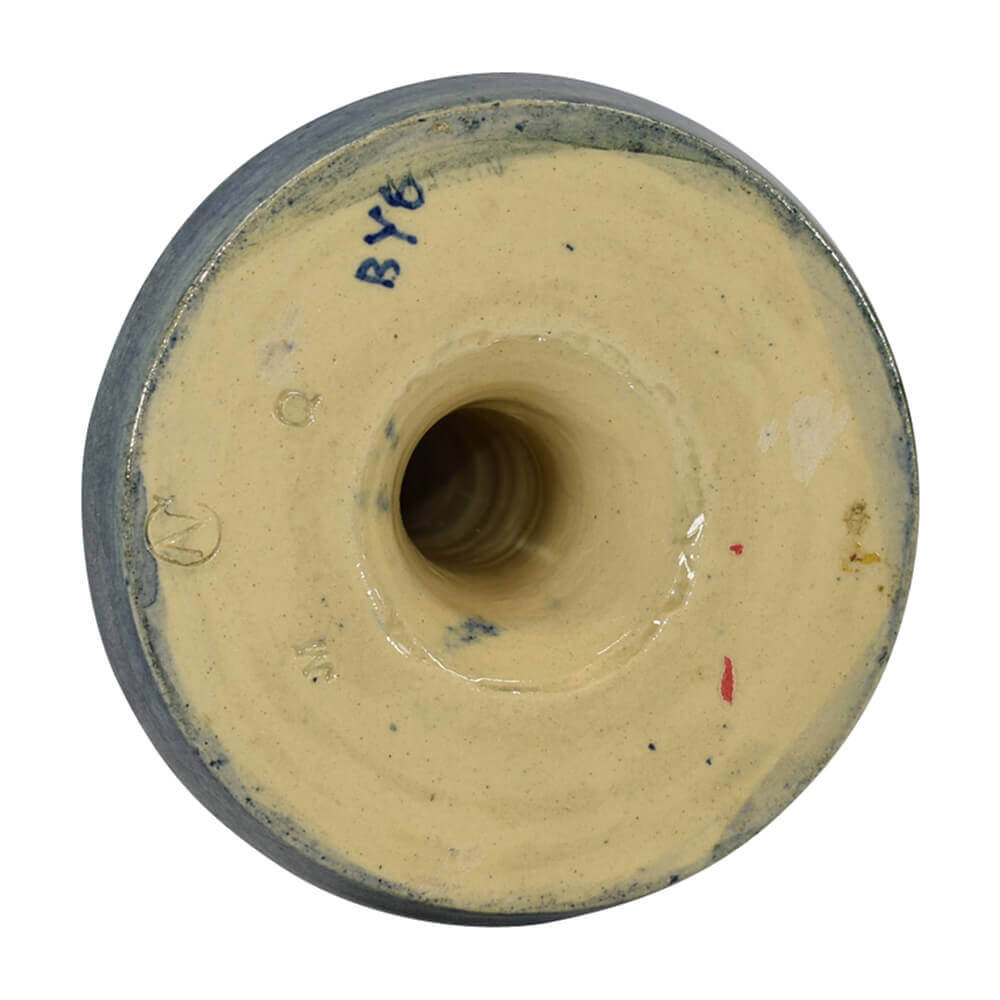
- 1908 – CD through CT (1-100 numbered pieces for each letter combination)
- 1909 – CU through DL (1-100 numbered pieces for each letter combination)
- 1910 – DM through ED (1-100 numbered pieces for each letter combination)
- 1911- EF through EW (1-100 numbered pieces for each letter combination)
- 1912 – EX through FP (1-100 numbered pieces for each letter combination)
- 1913 – FQ through GI (1-100 numbered pieces for each letter combination)
- 1914 -GJ through HA (1-100 numbered pieces for each letter combination)
- 1915 – HB through HT (1-100 numbered pieces for each letter combination)
- 1916 – HS through IM (1-100 numbered pieces for each letter combination)
- 1917 – IN through JF (1-100 numbered pieces for each letter combination)
- 1918 – JG through JX (1-100 numbered pieces for each letter combination)
- 1919 – JY through KQ (1-100 numbered pieces for each letter combination)
- 1920 – KR through LI (1-100 numbered pieces for each letter combination)
- 1921 – LJ through MC (1-100 numbered pieces for each letter combination)
- 1922 – MD through MW (1-100 numbered pieces for each letter combination)

- 1923 – MX through NQ (1-100 numbered pieces for each letter combination)
- 1924 – NR through OJ (1-100 numbered pieces for each letter combination)
- 1925 – OK through PD (1-100 numbered pieces for each letter combination)
- 1926 – PE through PX (1-100 numbered pieces for each letter combination)
- 1927 – PY through QP (1-100 numbered pieces for each letter combination)
- 1928 – QR through RI (1-100 numbered pieces for each letter combination)
- 1929 – RJ through SA (1-100 numbered pieces for each letter combination)
- 1930 – SB through SR (1-100 numbered pieces for each letter combination)
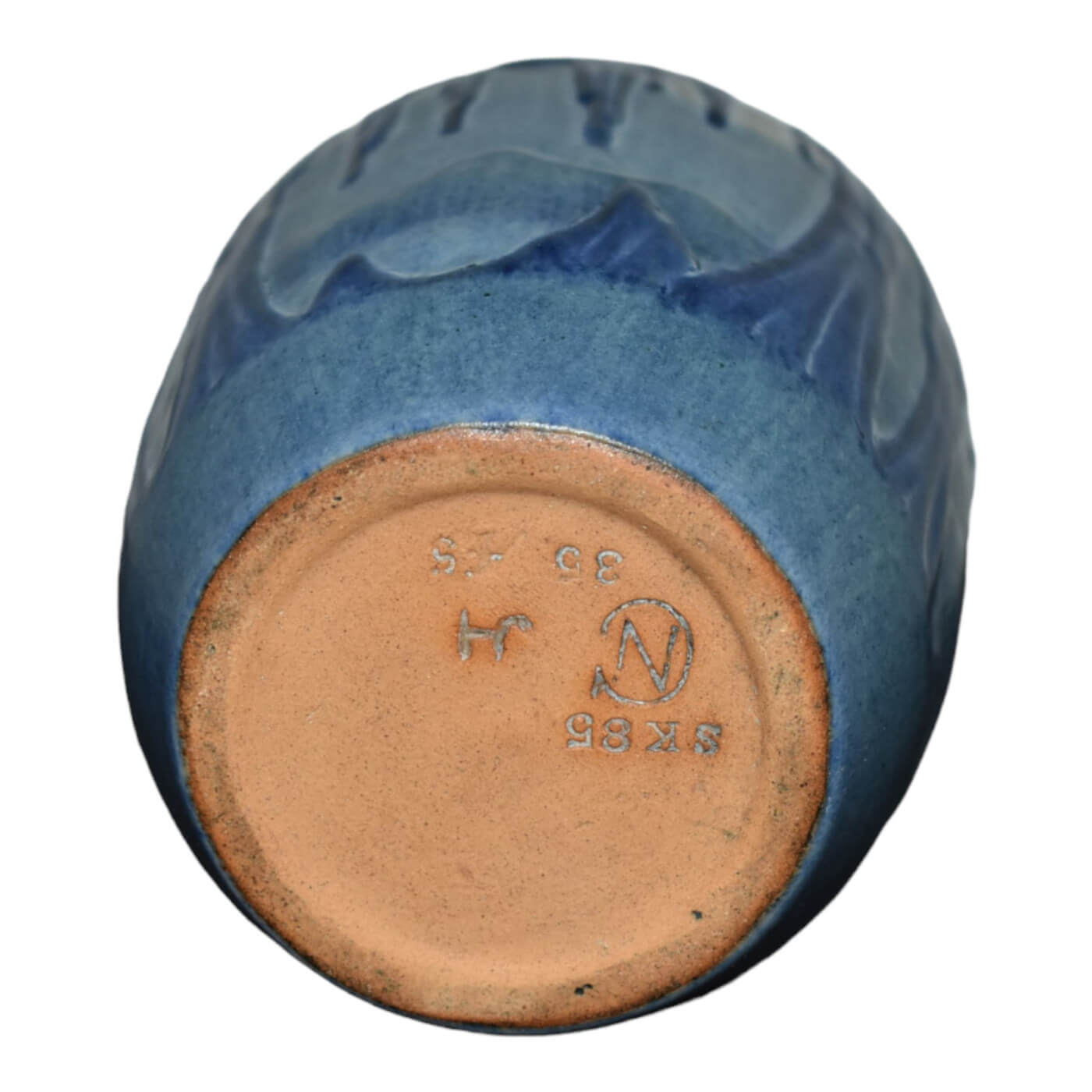
- 1931 – ST through TK (1-100 numbered pieces for each letter combination)
- 1932 – TL through UC (1-100 numbered pieces for each letter combination)
- 1933 – UD through UT (1-100 numbered pieces for each letter combination)
- 1934 – UV through VM (1-100 numbered pieces for each letter combination)
- 1935 – VN through WE (1-100 numbered pieces for each letter combination)
- 1936 – WF through WV (1-100 numbered pieces for each letter combination)
- 1937 – WX through XP (1-100 numbered pieces for each letter combination)
- 1938 – XQ through YG (1-100 numbered pieces for each letter combination)
- 1939 – YH through YX (1-100 numbered pieces for each letter combination)
- 1940 – YZ through ZQ (1-100 numbered pieces for each letter combination)
- 1941 – ZR through ZY (1-100 numbered pieces for each letter)


